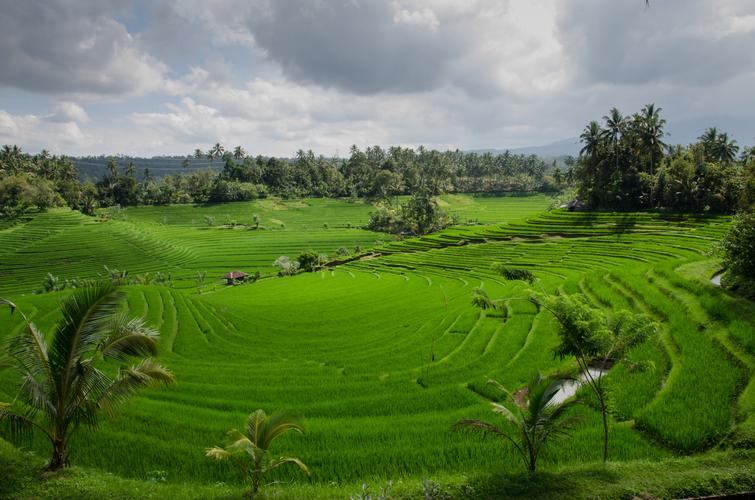Exploring the Rich Cultural Traditions of Norway: From Festivals to Folklore
Norway is a land of immense cultural heritage, with a tradition that dates back to the Viking age. The country’s rich folklore and festivals are a testament to its vibrant cultural history that is still celebrated today. In this blog post, we will explore some of Norway’s traditions and their significance in contemporary society.
Folklore
Norway’s folklore tales are a vital part of the country’s cultural heritage. These tales, which were traditionally passed down orally, have been captured and recorded in books, many of which are still available today. They tell stories of trolls, giants, and other mystical beings that have long been associated with the Nordic countries.
One of Norway’s most famous folklore tales is ‘The Three Billy Goats Gruff,’ a story about three goats that trick a mean troll and cross a bridge. This tale, which is popular with children, has been adapted into songs, films, and plays.
Festivals
Norway’s festivals are a celebration of tradition and culture, and many are steeped in history. One of the most famous is the ‘Midnight Sun Festival,’ held in Tromso, which celebrates the summer solstice when the sun never sets. The festival includes music performances, art exhibitions, and a parade of boats.
Another significant festival is ‘Syttende Mai,’ Norway’s National Day, observed on May 17th each year. The day marks the country’s constitution signing by King Christian Frederik in 1814, and over time it has become a celebration of Norwegian culture and patriotism. Parades, traditional food, and lots of cheering make up the day’s activities.
Traditions
In addition to folklore and festivals, Norway has several cultural traditions that are still observed today. One such tradition is the ‘Julenisse,’ a mischievous gnome-like creature that is the Norwegian version of Santa Claus. The Julenisse is known to bring gifts to children at Christmas and has even become a popular ornament around the world.
Another traditional practice in Norway is ‘Fika,’ a social coffee break that typically includes baked goods. It’s not just a coffee break but a social event wherein people take a break to unwind, chat, and eat tasty treats like cinnamon buns, waffles, or cakes. Fika is a beloved tradition of Norway, which symbolizes hygge (cosiness) and warmth.
Conclusion
Norway’s rich cultural history and traditions are a testament to the country’s vibrant heritage. Its folklore, festivals, and customs are an essential part of its identity. Norway’s cultural traditions may seem quaint and out of date, but they remain relevant even today. They are a way of connecting to the past and preserving the legacy for future generations. Next time you visit Norway, make sure to experience the country’s unique cultural heritage and keep its traditions thriving.
So, that was a brief overview of the various traditions that Norway is known for. It is a country that is immensely proud of its cultural heritage, and it has done an excellent job of preserving it. Norway’s folklore tales, festivals, and customs are a joy to explore, and they offer an insight into the country’s rich cultural identity.
(Note: Do you have knowledge or insights to share? Unlock new opportunities and expand your reach by joining our authors team. Click Registration to join us and share your expertise with our readers.)
